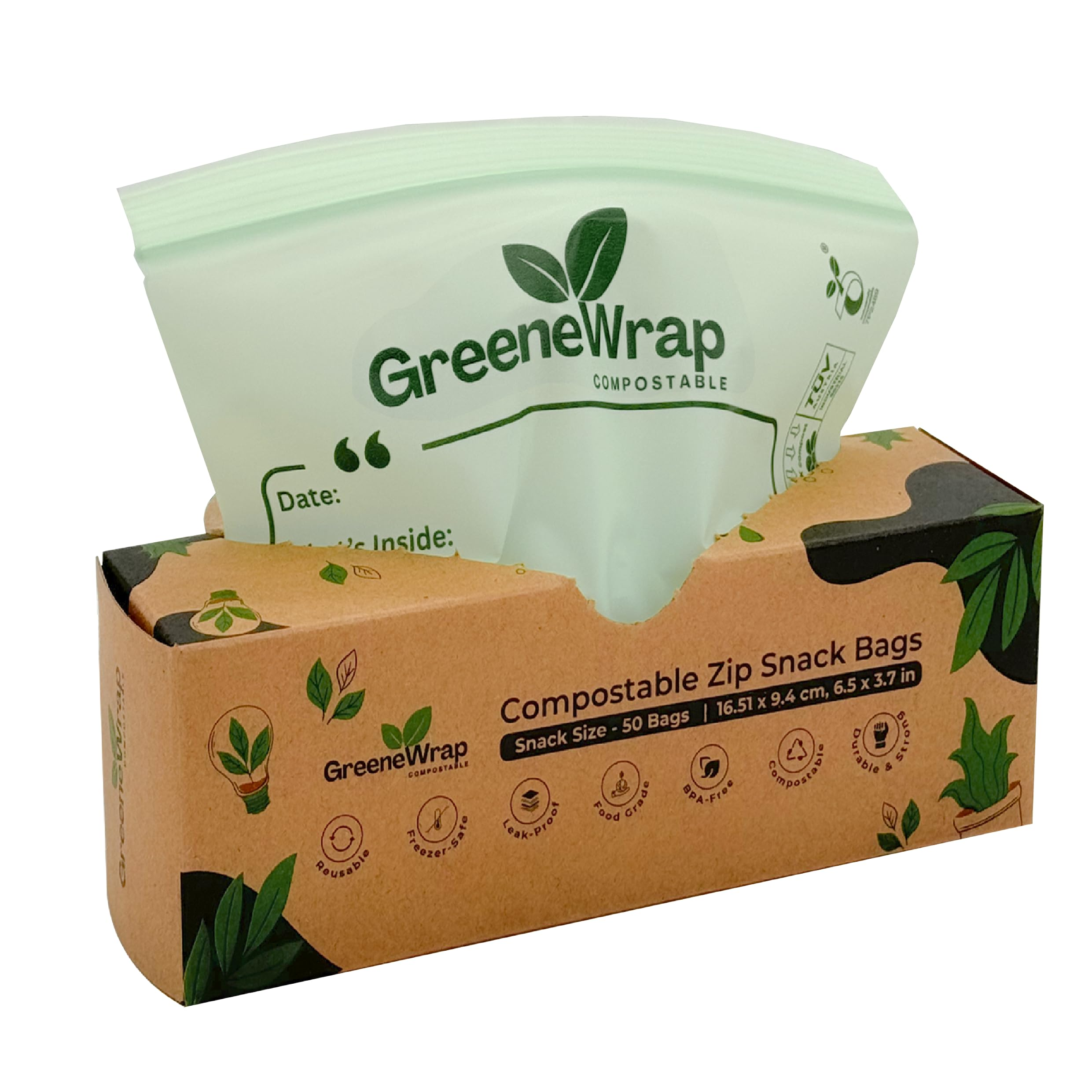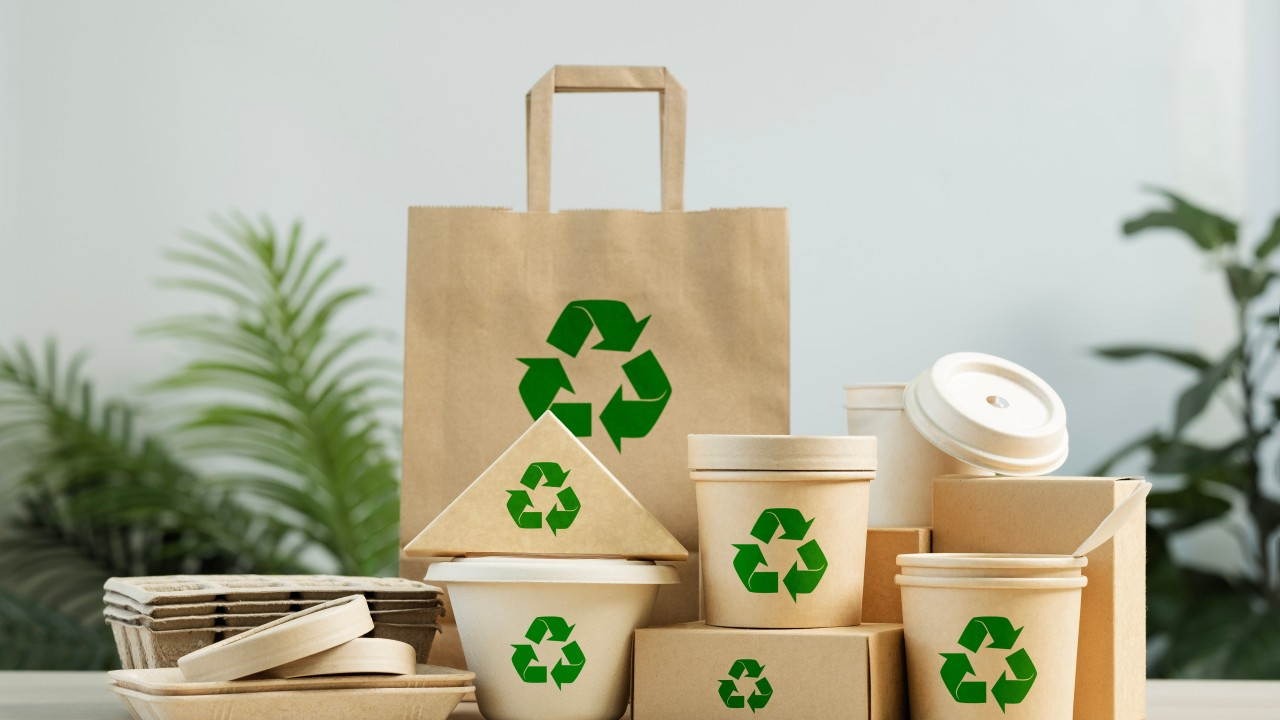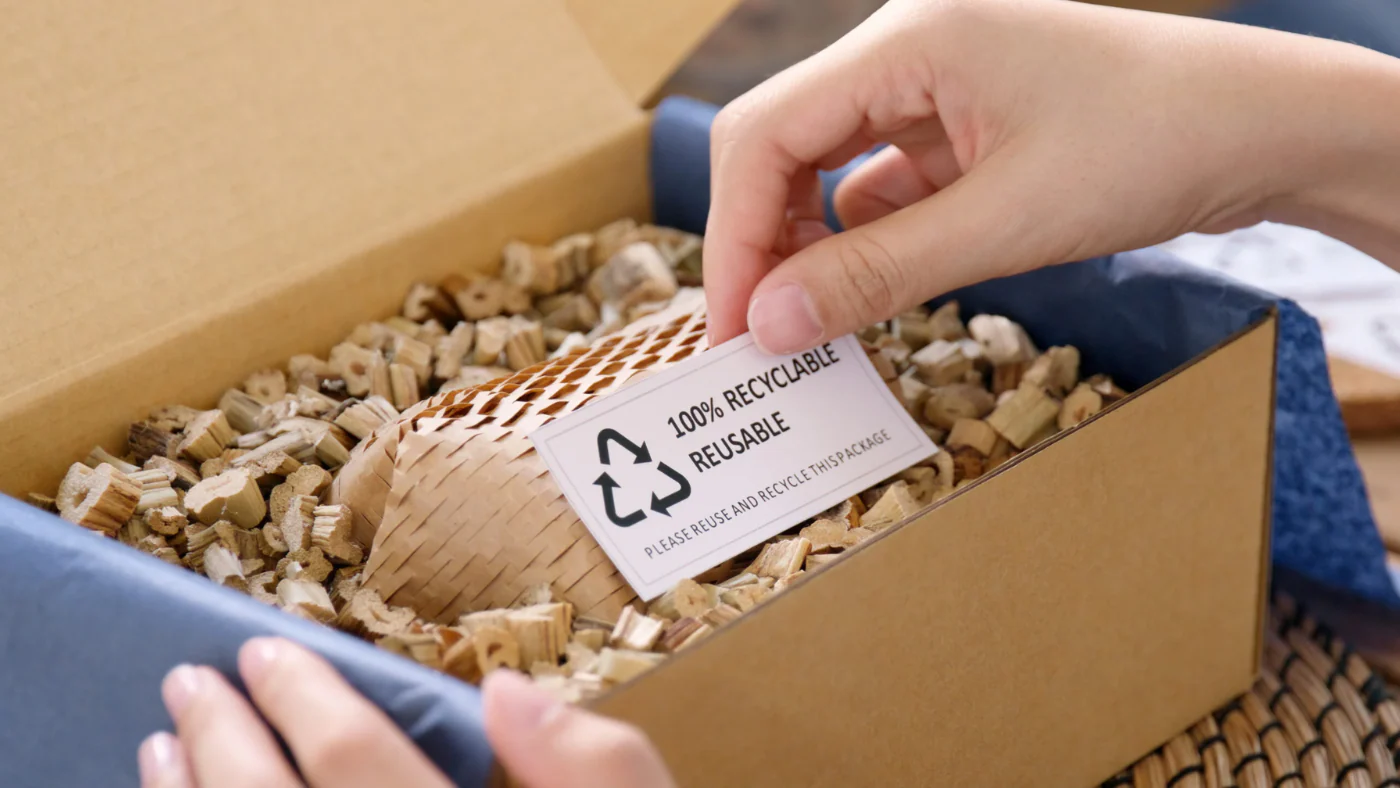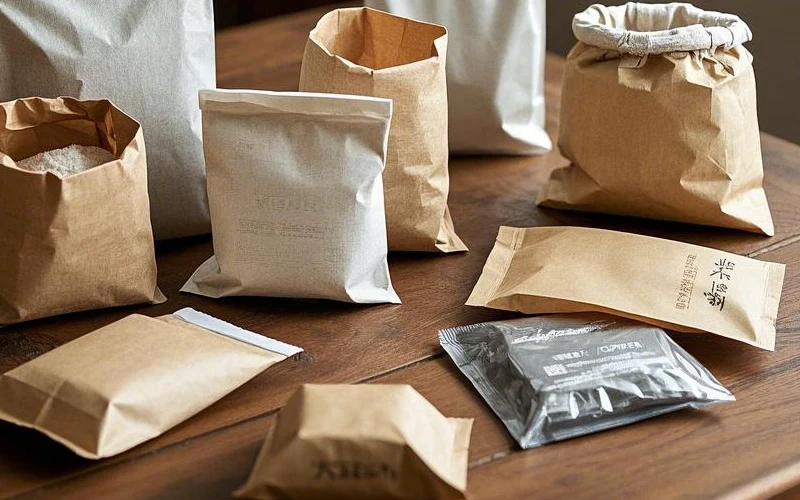ECO-FRIENDLY PACKAGING
Our long-term sustainability strategy is based on a commitment to reducing the environmental impact of the wider packaging industry and cutting down on waste where at all possible.
Flexible packaging has long been considered more sustainable than rigid (non-flexible) packaging, because it:
Requires fewer materials to produce, therefore reducing waste
Increases shelf life, reducing food waste
Is lightweight and compact, to make transport quicker and easier, reducing fuel usage as a result
Provides good resistance to external damage, meaning less split or broken packaging
Can be fully recyclable or biodegradable, depending on the materials used
The Ultimate Guide to Eco-Friendly Packaging
How Custom Green Packaging Can Transform Your Business
In today's competitive market, businesses nowadays are under more pressure to be ecologically friendly, especially when it comes to packaging. Consumers now prefer options that are kind to the environment. These choices reduce waste and carbon emissions. At MTPak, we specialize in custom green packaging. It is designed to look good and perform well. We offer everything — from recyclable and biodegradable materials to new reusable designs. Our goal is to help businesses match modern environmental standards and boost their market image.
This article will explain what sustainable packaging really is. It will cover its key benefits, how to use it, and why it’s a smart investment. Companies that look ahead will find it valuable.
What Defines Eco-Friendly Packaging?
Eco-friendly packaging is the creation and use of packaging that has less of an impact on the environment and a smaller ecological footprint throughout its life cycle — from sourcing and making the materials to transporting, using, and disposing of them.
It’s not just about choosing materials that can be recycled or broken down; it’s also about looking at the whole picture: To use fewer resources; to make less pollution; and to throw away less garbage.
Which Industries Benefit Most from Green Packaging?
Most businesses can use eco-friendly packaging; however, some will profit more than others based on what customers desire, what the law says, and how much packaging they use:
• Food and Drink: More people are getting takeaway. So, we need more compostable containers, recyclable paper packaging, and plant-based options instead of plastic.
• Personal Care & Cosmetics: Refillable containers, recycled plastics, and biodegradable wrappers are all in keeping with eco-friendly consumer values and high-end branding.
• Retail and e-commerce: Lightweight, strong, and curbside-recyclable envelopes cut down on shipping emissions, save costs, and improve the unboxing experience.
• Coffee and Specialty Foods: High-barrier bags with degassing valves made from materials that can be recycled or composted keep goods fresh and are beneficial for the environment.
• Pet Care Items: Pet owners who wish to make eco-friendly choices for their pets' things, like biodegradable pouches and packaging manufactured from materials that can be recycled.
MTPak makes one-of-a-kind, eco-friendly packaging for these and other industries that meets certain functional criteria and environmental aims.
What Are the Key Features of Eco-Friendly Packaging?
There are a few main characteristics that make packaging eco-friendly. These include how the materials are sourced, how efficiently they are made, and how they affect the environment after they are used:
• Renewable Materials: From responsibly handled resources — sugarcane bagasse, bamboo, or recycled paper.
• Energy-Efficient Manufacturing: Processes that cut down on waste, water use, and carbon emissions.
• Light and Simple Design: Uses less material and improves shipping. This can help lower emissions and cost.
• Planning for the end of life: making sure that packaging can be reused, recycled, or composted in the right places.
• Ethical and Certified Sourcing: Using products that have been checked by groups like FSC, PEFC, or ASTM to make sure they are socially and environmentally responsible.
What Are the Main Types of Eco-Friendly Packaging?
Different materials can be used to make different types of eco-friendly packaging. Each type has its own uses and benefits for the environment. By learning about these groups, businesses can find the best ways to meet their product and environmental goals.
1. Recyclable Packaging
After it is no longer needed, recyclable packaging can be used again in manufacturing. Some examples are PET and HDPE plastics, paper, aluminum, and corrugated cardboard. The more convenient way to get the most out of recycling is to use mono-materials and clear recycling labels at the same time.
2. Compostable Packaging
Compostable materials that can be composted break down into natural substances and don't leave behind any bad waste. These films are manufactured of PLA (polylactic acid) from corn starch and bagasse from sugarcane. They have been designated as compostable. If the label doesn't say "home compostable," it needs to be composted in a factory.
3. Reusable Packaging
Reusable packaging methods are made to be used several times, which cuts down on the amount of waste that is made. Some examples are glass containers that can be returned, strong totes, and packaging systems that can be refilled. MTPak helps brands use circular packaging models by providing them with personalized return logistics solutions.
4. Biodegradable Packaging
Biodegradable materials break down naturally over time, although the time it takes for this to happen might be very different. It includes things like some bioplastics, paper, and natural fibers. It's important to note that not all biodegradable packaging is compostable, but all compostable packaging is biodegradable.
5. Packaging with Recycled Content
This category includes packaging out of recycled materials from consumers or businesses. Common examples are recycled aluminum, rPET (recycled polyethylene terephthalate), and recycled paperboard. MTPak sells packaging that is made from up to 100% recycled materials, which is good for the circular economy.
How Can Businesses Transition to Custom Green Packaging?
Moving to green packaging needs a clear plan. This plan should balance eco-goals with real business needs. To make sure the transition goes well, you can follow these four steps:
1. Review your packaging completely: Study what it’s made of, its weight, and how it affects the planet. Spot chances to improve.
2. Define trackable green targets: Set clear goals for recycled material, lower emissions, and less waste.
3. Team up with certified partners: Go with experts such as MTPak. They guide you on materials, compliance, and checks.
4. Explain changes clearly: Use your packaging to tell users about its eco-features and how to dispose of it properly.
MTPak helps businesses at every stage. We offer full support — from choosing materials and designing structure to printing and shipping worldwide. This makes sure that both the environment and the business are safe.
Conclusion
For firms that want to stay competitive and follow the rules, eco-friendly packaging has gone from a luxury to a must-have. Choosing and designing materials carefully can help the environment and increase the value of your brand.
At MTPak, we use our know-how in compostable films, FSC-certified papers, and custom reusable options. We make sure your product is protected, your brand stands out, and you meet your green targets. We help from start to finish — from picking materials to printing that follows rules — and turn your packaging into real action for the planet.
Ready to change? Contact MTPak today for your custom solution.
Email:account@mtpak.com
Contact us:https://mtpak.com/contact-mtpak
FAQ
1. What kinds of certifications should eco-friendly packaging have?
If you're exporting, check for certifications like EU packaging rules, FDA compliance for food contact, ASTM D6400 (compostability), and FSC (forest stewardship).
2. Can eco-friendly packaging keep things safe in the same way as plastic does?
Yes. EVOH-coated biodegradable films and recycled PET with high-barrier layers are two examples of materials that can protect against oxygen and moisture just as well as regular plastics.
3. Does MTPak make eco-friendly packaging in different sizes?
Yes. We offer packaging solutions in a range of eco-friendly materials, sizes, and printing options that may be completely customized to meet the needs of your brand and product.






